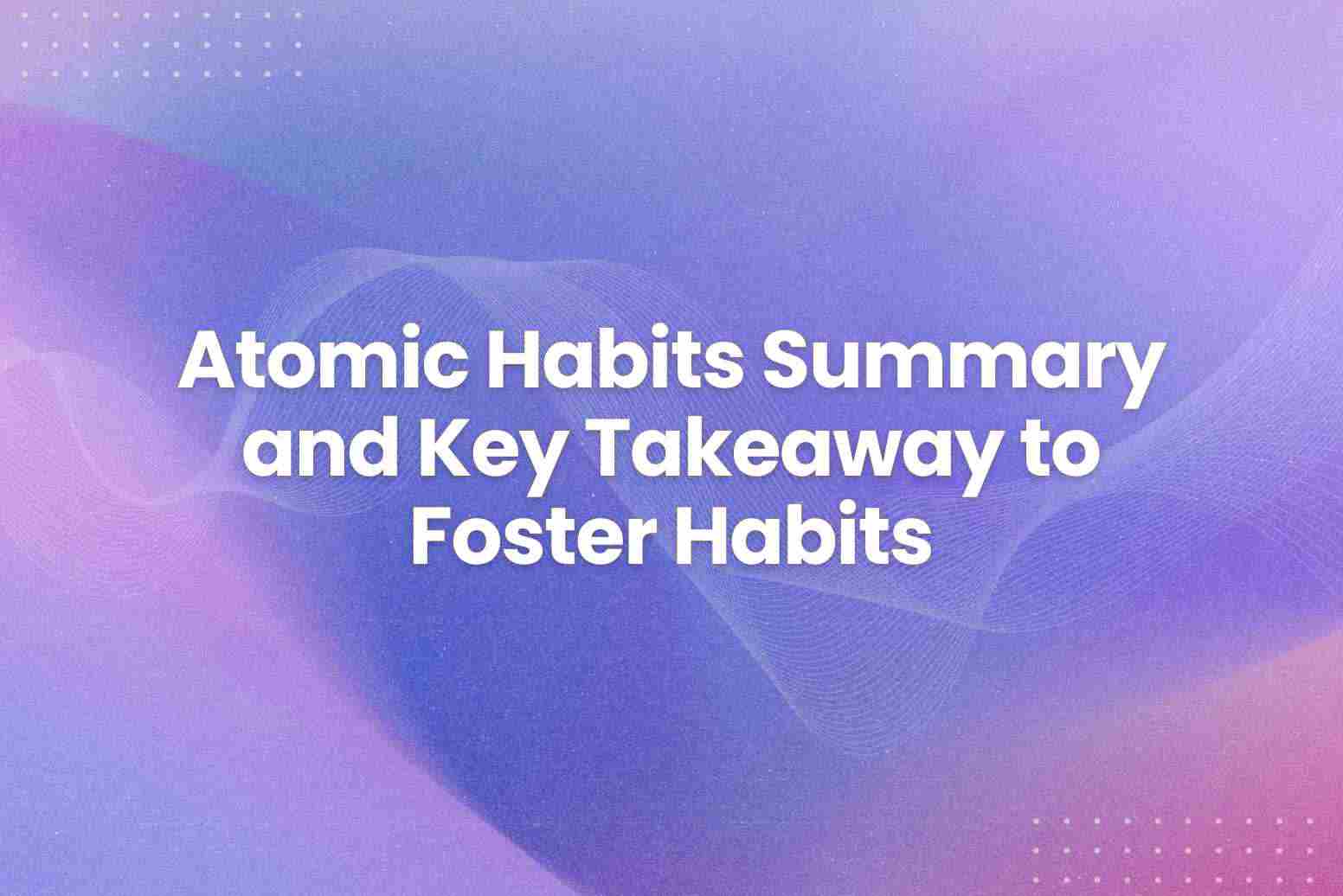What is the difference between talking to an armed criminal wielding a knife at someone’s throat and talking to a sobbing child who refuses to go to bed? In both circumstances, you attempt to persuade someone to do or not do something; in other words, you engage in negotiations. We write this Never Split the Difference Summary for you to improve the negotiation capacity. The author is Chris Voss, the former international FBI hostage negotiator. He shares his tested tactics and strategies for high-stakes negotiations and being more persuasive in life. Learn the techniques from FBI and how to use them in this Never Split the Difference Summary.
If you enjoyed this Never Split The Difference summary, you might also enjoy this summary of Atomic Habits. Now that everything is available to seal your next big deal, why not take action?

Never Split the Difference Summary at Glance by Chris Voss
Never Split the Difference: Negotiating As If Your Life Depended On It is a book by Chris Voss, a former FBI hostage negotiator. In this book, Voss reveals his battle-tested strategies for high-stakes negotiations and communication skills from his experiences.
The central theme, as the title suggests, is a challenge to the conventional wisdom of seeking compromise in negotiations. Instead, Voss advocates for understanding and influencing your counterpart’s emotions and decisions through empathy, active listening, and well-timed questions. He argues that saying ‘no’ is not detrimental but allows for clearer communication of needs and thoughtful decision-making, aiming for a genuine ‘yes.’
Active listening is presented as a negotiation superpower, helping identify concerns and anticipate objections. Additionally, Voss suggests labeling emotions like ‘frustration’ to facilitate open communication.
Whether in workplace negotiations, negotiation agreements, or daily communication, with the help of Arvin, you can better analyze the application scenarios and effects of these techniques. Next, we ask Arvin to write book summary of Never Split the Difference :
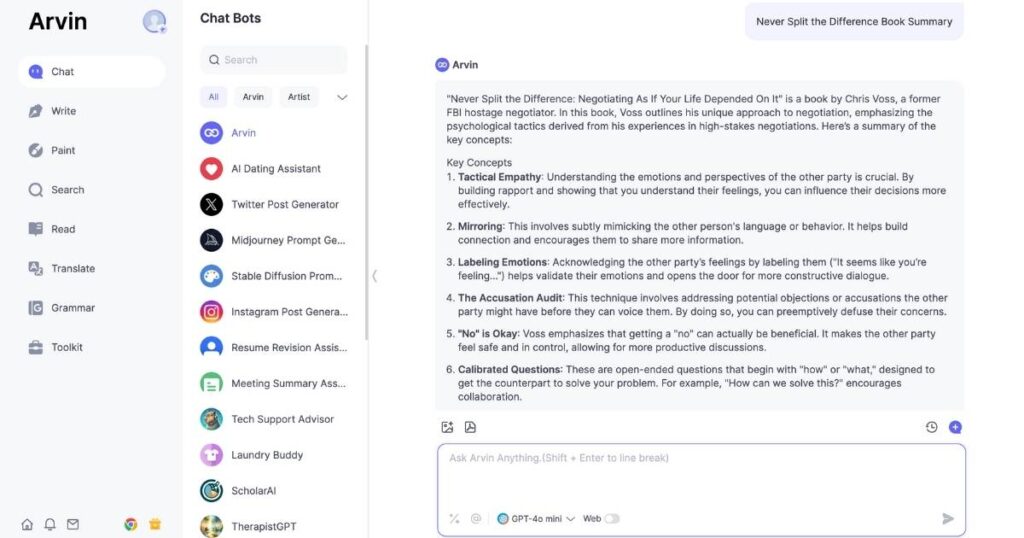
Arvin can help you quickly summarize the key points from Never Split the Difference, extracting practical negotiation techniques and psychological strategies.
Practical Applications of Never Split the Difference Strategies with Arvin
In order to master the key strategies of negotiating, Arvin offers you the best platform to improve productivity as you control successful negotiations no matter in the workplaces or daily life besides the book summary function.
Here are more features of Arvin to enhance your negotiation:
Immediate Comments and Chat
Using comments and chat features, foster real-time communication and collaboration with team members during negotiations. Arvin analyzes your specific negotiation scenarios, whether it’s job offers, sales deals, or partner agreements, providing tailored insights to enhance your approach.
With Arvin, you receive immediate feedback on your negotiating style, enabling you to refine your tactics and adapt your approach as needed.
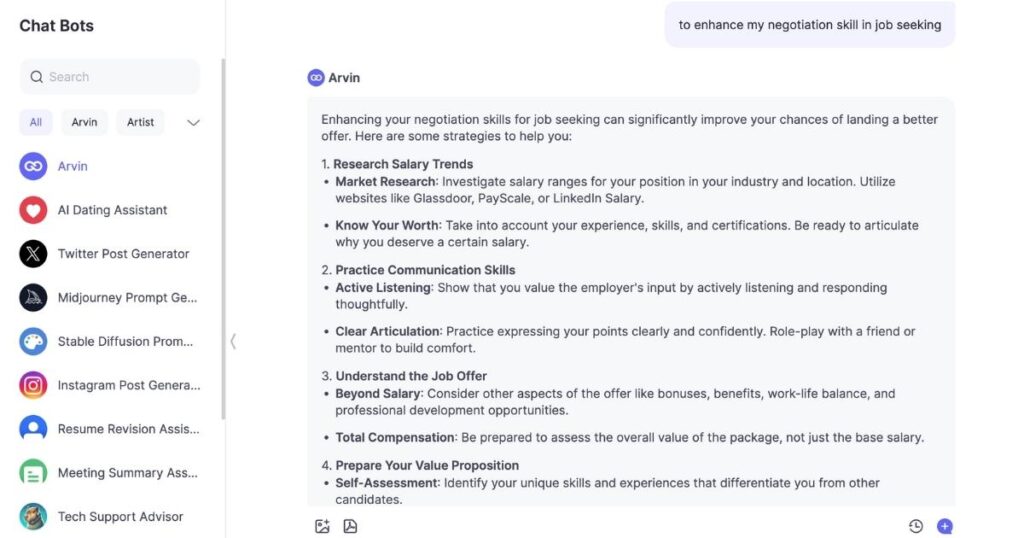
Outline Generator
An outline generator enhances productivity by organizing ideas logically and creating hierarchical structures with main and sub-points, ensuring effective content structuring.
With Arvin’s various templates for different writing types, exporting options in multiple formats for sharing, and seamless integration with writing and project management tools, an outline generator streamlines the content creation process.

Multi-Language Support
Utilize multi-language translation to engage in negotiations with international people, ensuring clear communication and understanding across language barriers.
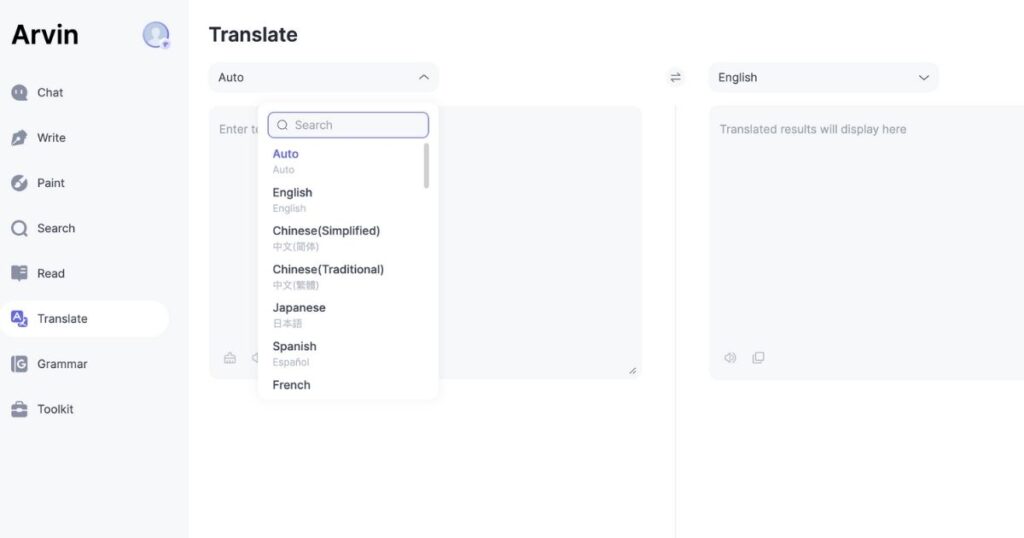
Split the Difference Book Summary in Chapter
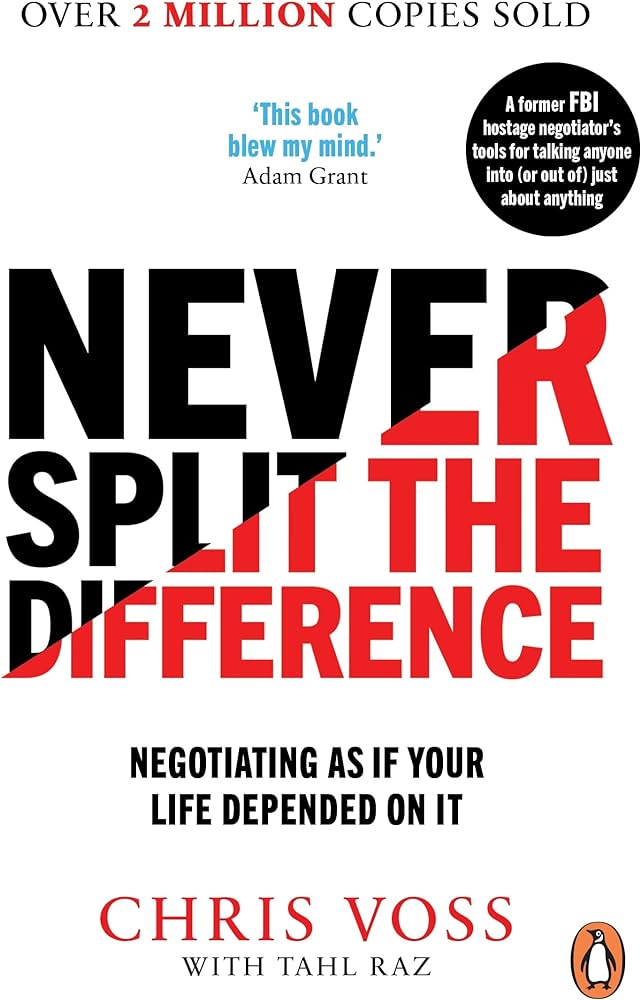
Chapter 1: The New Rules
Negotiation begins with the universally applicable premise that people want to be understood and accepted. Listening is the cheapest yet most effective concession we can make to get there. By listening intensely, you demonstrate empathy and show a sincere desire to better understand what the other side is experiencing.
Effective negotiation is sizing someone up, influencing their sizing up of you, and using that knowledge to get what you want. By setting the right context, you can get the reaction you are looking for.
The goal of negotiation is to gather information and influence behavior and includes almost any interaction where someone wants something from somebody else.
Chapter 2: Be a Mirror
Listening is a critical key to communication, whether in professional occasions or random topic discussions. It might sound easy. But no, it’s not that easy.
Most negotiators are so preoccupied with their arguments that they do not listen attentively to what the other person is saying. It breaks the connection between two individuals and the other person gets frustrated because they are not being heard.
The goal of listening is to make prospects feel safe enough to express what they want and build the trust to begin a real conversation.
Chris Voss has come up with a great tactic of listening i.e repeating the last three words that counterpart ended with. This helps to put people in a positive frame of mind where people are more likely to collaborate and push the solution ahead.
The above-mentioned tactic is called Mirroring. Mirroring is the behavior in which one person unconsciously imitates the other, to comfort each other, building a kind of rapport that leads to trust.
Chapter 3: Don’t Feel Their Pain, Label It
We often hear back from negotiators who separate people from the problem, but that’s hard when their emotions are the problem.
Tactical empathy is understanding the feelings and mindset of another in the moment and also hearing what is behind those feelings so you increase your influence in all the moments that follow. It’s bringing our attention to both the emotional obstacles and the potential pathways to getting an agreement done.
Labeling or identifying the emotions of the opponent shows that you are understanding the position they are in. Labeling is one of the most powerful skills available to understand the factors driving their behavior.
The primary step to labeling is discovering the other person’s emotional state, usually by examining their words, tone, and body language.
Once you have identified the emotion, the next step is to label it aloud with It seems/sounds/looks like…”. Don’t use “I,” which presents you with your self-interest. The last step in labelling is to be silent and to listen. Sometimes, it is appropriate to express your empathy and understanding, as well as your wishes for positive outcomes. For example, sending sympathy messages and best wishes to establish your common feeling.
Chapter 4: Beware “Yes”, Master “No”
How do you feel when you listen to a NO? Most people think it’s an end to the negotiation. I am sure every negotiator feels the same. But Chris Voss in Never Split the Difference, explains that No is the most powerful word because it provides us an opportunity to clarify what they want. This helps them to get comfortable and then we can start the real negotiation.
Eventually, they might give in and say yes. So, NO might seem an end but it opens an opportunity to know your counterpart more and starts the real negotiation. Find which occasion to say “yes” and “no” in the yes or no questions and judge their types.
For example, a counterfeit “yes” is one in which your counterpart plans on saying “no” but either feels “yes” is an easier escape route or just wants to keep the conversation going to get more information or some other kind of edge.
Saying “No” makes the speaker feel safe, secure, and in control, so trigger it. That’s why “Is now a bad time to talk?” is always better than “Do you have a few minutes to talk?”
Sometimes the only way to get your counterpart to listen and engage with you is by forcing them into a “No.” That means intentionally mislabeling one of their emotions or desires or asking a ridiculous question—like, “It seems like you want this project to fail”—that can only be answered negatively.
Chapter 5: Trigger The Two Words That Immediately Transform Any Negotiation
Before you convince your counterpart to see what you’re trying to accomplish, you have to say the things to them that will get them to say, “That’s right.”
“That’s right” is better than “yes.” Strive for it. Reaching “that’s right” in a negotiation creates breakthroughs.
Use a summary to trigger a “that’s right.” The building blocks of a good summary are a label combined with paraphrasing. Identify, re-articulate, and emotionally affirm “the world according to …”
Chapter 6: Bend Their Reality
The most powerful word in negotiations is “Fair.”
As a negotiator, you should strive for a reputation of being fair. Your reputation precedes you. Let it precede you in a way that paves success.
Know the emotional drivers and you can frame the benefits of any deal in language that will resonate.
The word fair is used in negotiations in three ways:-
- The defensive Tone- We just want what’s fair. Instead of conceding irrationally, apologize, and offer to go back to where the unfairness began and fix things.
- Nefarious accusation: We’ve given you a fair offer. In this situation, label with “It seems like you’re ready to present evidence to support that.”
- The positive tone: I want you to feel like you are being treated fairly at all times. So please stop me at any time if you feel I’m being unfair and we’ll address it. Loss Aversion: People will take greater risks to avoid losses than to achieve gains.
When it comes to decision-making, humans are always found to be irrational and emotional. Following are the 8 steps to bend the reality:
- Make them solve
- Ask for fairness.
- Anchor their emotions with low expectations.
- Let them go first
- Establish a range
- Pivot to non-monetary terms.
- With numbers- use odd numbers
- Surprise with a gift.
With all these tactics, try to bend reality in your favor to be a better negotiator.
Chapter 7: Create the Illusion of Control
Successful negotiation involves the illusion of control. What if your opponent does the work for you and suggests the solution which you wanted? The deal is done. But how to reach there?
Ask calibrated questions early and often, or thought provoking questions to acknowledge the other person and their ideas. Such questions help the other person to think and solve the problem.
Here are some other great standbys that Chris uses in almost every negotiation, depending on the situation:
- What about this is important to you?
- How can I help to make this better for us?
- How would you like me to proceed?
- What is it that brought us into this situation?
- How can we solve this problem?
- What’s the objective? / What are we trying to accomplish here?
- How am I supposed to do that?
Calibrated questions make your counterpart feel like they’re in charge, but it’s really you who are framing the conversation. Avoid questions that can be answered with a ‘Yes’ or ‘No’ or a tiny piece of information.
Chapter 8: Guarantee Execution
Guaranteed execution is all about detecting liars. Your job in negotiation is to get the deal cracked. Yes is of no use till we get the answer of how. The different phrases to ask such questions are-How am I supposed to do that? How will we know we’re on track? How will we address things if we find we’re off track? If you want your deal converted, you have to discover every possible way to get the deal done. A real negotiator should have an effective line of communication.
The different rules to consider at the time of communication are:
- The 7-38-55 rule says 7 percent of a message is based on words, 38 percent from the tone of voice, and 55 percent from body language and facial expressions.
- The Rule of Three is getting the other party to conform to the same thing three times.
- The Pinocchio Effect says that liars use extra words, converse in more complex sentences, and practice far more third-person pronouns.
Chapter 9: Bargain Hard
How to bargain with people who are experts in negotiation?
The golden rule states that treat others the way they want to be treated. You need to identify your prospect’s dominant negotiating style. It is all about understanding the person.
Never Split the Difference talks about three different negotiating styles i.e an accommodator, an assertive, or an analyst.
- Analyst: Their Dominant Optimization strategy is to get the right solution, no matter how long it takes.
- Assertive: They want to get things done as quickly as possible.
- Accommodator: The key optimization function of accommodators is to build relations and have friendly discussions.
Chapter 10: Find The Black Swan
Black Swan is a theory that tells us things happen which were previously thought to be impossible, or never thought of at all. It helps us to change the outcome of the situation.
As a negotiator, you should always be aware of which side, at any given moment, feels they have the most to lose if negotiations collapse.
To get leverage, persuade your counterpart that they have something real to lose if the deal falls through.
At a taxonomic level, there are three kinds of leverage: Positive, Negative, and Normative.
- Positive leverage is quite simply your ability as a negotiator to provide—or withhold—things that your counterpart wants. When they say that, you have power.
- Negative leverage is what most civilians picture when they hear the word “leverage.” It’s a negotiator’s ability to make his counterpart suffer.
- Normative leverage is using the other party’s norms and standards to advance your position. If you can show inconsistencies between their beliefs and their actions, you have normative leverage.
How to find the black swan?
- Having a mind that is open and flexible.
- Remember that everybody with whom you are negotiating has a world view and black swan can lie in emotional places too.
- Read between the lines and review your notes.
Conclusion
Negotiation is not about creating a win-win situation, finding a compromise, or getting to yes—it’s about connecting with your counterpart so that you can figure out what they really want and using that to get what you want.
Our Never Split the Difference summary provides you a meaningful understanding of the author’s ideas. Now, take the next step to put these strategies into action with Arvin. Arvin’s powerful features such as real-time feedback and outline generation refine your negotiation skills and enhance your productivity as an expert.
FAQs
Never Split the Difference emphasizes the importance of emotional intelligence in negotiations. Key points include using tactical empathy to understand the other party’s perspective, employing calibrated questions to gain valuable information, and leveraging the power of “no” to create space for dialogue. The book advocates for establishing rapport and actively listening to build trust. Chris Voss also highlights the significance of identifying and uncovering hidden motives, referred to as “black swans,” to achieve optimal negotiation outcomes.
Never split the difference—it leads to dreadful outcomes. If you want to wear your black shoes, but your spouse wants you to wear the brown ones, splitting the difference means you end up wearing one black shoe and one brown. Compromising is a cop-out, a way to feel safe.
You have to negotiate when you buy almost anything big such as a home, car, or even while talking to your boss about your salary. So, Never Split the Difference is worth reading when you want to win in all the scenarios.




